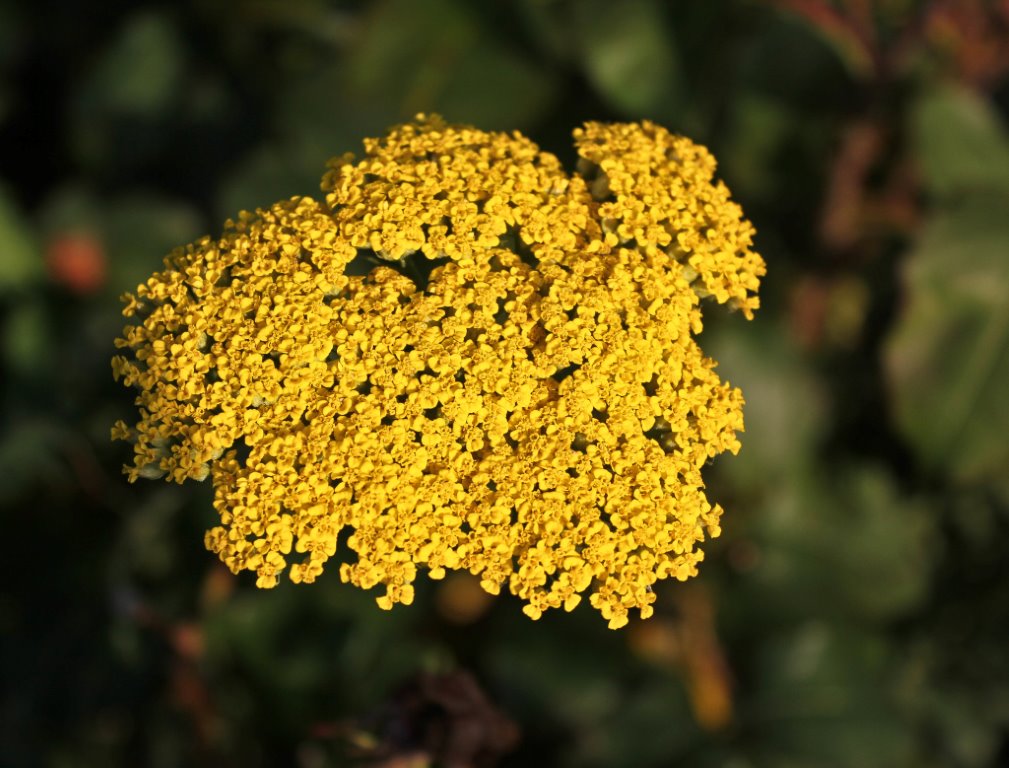 Don’t be deceived by a mild October, the weather is so unpredictable these days that chilly days may be just around the corner; it’s time to get set for winter.
Don’t be deceived by a mild October, the weather is so unpredictable these days that chilly days may be just around the corner; it’s time to get set for winter.
Remember, remember that the fifth of November is an ideal opportunity to burn woody material that doesn’t compost readily or anything that is badly diseased. Build your bonfire as late as possible so animals like hedgehogs don’t move in, then save the wood ash; it is a great source of potash for fruiting trees, with younger wood containing more than older branches. Spread it over the soil as soon as the ash is cool, (wet wood ash is difficult to move) then damp it down so it doesn’t blow around. Alternatively, mix the ash into your compost heap.
Wrap terracotta or glazed pots in bubble wrap or hessian to prevent them from cracking and stand pots on ‘feet’ or wooden blocks or move them into the lee of a wall or into the base of a hedge for added winter protection. Move ‘Acer’s’ in pots, to a sheltered spot where they are protected from cold wind and frost. Make a tripod of canes over shrubs of borderline hardiness then cover them horticultural fleece and bind the leaves of small ‘Cordyline’s’ together, holding them in place with twine.
It is a good time to check that your electric heater is working, too and it is worth buying an inexpensive one as a back up. Bubble wrapping the whole greenhouse a real chore. This year the rhizomes of tender plants like cannas will be put at one end of the greenhouse and covered with a double layer of horticultural fleece, as protection. An alternative is to insulate part of your greenhouse using a double ‘curtain’ of bubblewrap to create a division between the heated and unheated areas, saving the cost of heating the whole greenhouse! Do remember to ventilate the greenhouse on warm days to prevent problems with grey mould, use the fan to keep air circulating during the day and check plants regularly, removing anything showing the first signs of pests or diseases.
Stems of cluster flowered and hybrid tea roses and tall plants like buddleia and ‘Lavatera’ can be cut back by one third to prevent wind rock loosening the roots, over winter with their final pruning taking place in late winter next year. Make sure brassicas are covered with netting, as hungry pigeons are always on the lookout for an easy meal and check the netting regularly to ensure birds or animals don’t accidentally become trapped inside.
Collect bunches of flowers for the house before the first frosts arrive, it might be an unusual mixture with plants like Achillea filipendula ‘Gold Plate’ and Dahlias but it brings welcome colour indoors.
Plant garlic between November and Christmas, check regularly after planting to ensure it’s not lifted by birds and plant on ridges in heavier soils. Where winters are cold, plant in pots, keep in a cool place then transplant when soil conditions improve in spring.
Autumn is a good time for planting and regenerating your garden, when the soil is warm and moist. Look out for nurseries selling field grown or bare root trees, shrubs hedging and herbaceous plants. This is one of the traditional ways to sell plants and they are normally cheaper – it’s a wonderful feeling when you get more plants for your pound. Happy Gardening, Matt


